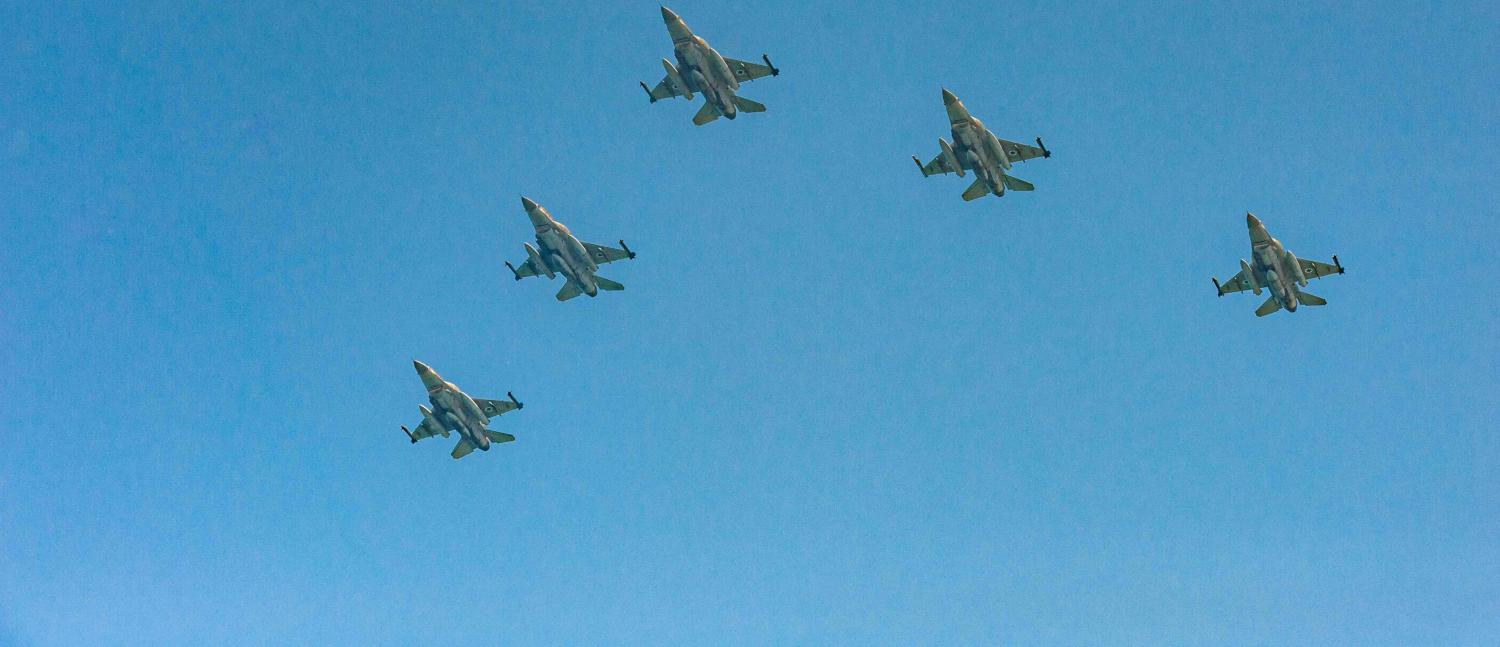The popular wisdom with respect to Syria was that once ISIS had been defeated, a Russian-brokered, UN-authorised political solution would be the start point for ultimately resolving the Syrian situation. But this has always assumed that Moscow has sufficient leverage to control events threatening its vital national interests.
Over the past week, Israeli air strikes against Iranian and Syrian targets; US targeting of Syrian regime elements attacking Kurdish-led forces in the east; and Turkish forces suffering increasingly heavy casualties in the north have revealed the limits of Russian influence in Syria.
The situation is neither the quagmire Barack Obama predicted Moscow would face in Syria, nor as resolved as it appeared in 2016 – the year after Russia’s intervention.
First, the Israeli air strikes. Drone penetrations into Israel are nothing new, having occurred on several occasions, but normally under the operational control of Hezbollah. A Syrian aircraft was downed in 2014 for encroaching 800 metres into Israeli airspace. In the unique strategic calculations of Levantine security, such incursions take place largely within acknowledged red lines that do not demand wider retaliation.
But on the weekend an Iranian-operated drone was shot down within Israeli airspace, and its presence breached the rules of the game. A substantive response ensued.
Israel subsequently launched air strikes against Syria that it claimed were the largest since Operation Grapes of Wrath in 1982. The Israeli military said its fighters met intense anti-aircraft fire, and the first Israeli aircraft lost in more than 30 years crashed in Israeli-occupied Golan.
Some commentators have suggested that the Iranian drone flight and Syrian response may have been a pre-planned ambush. I am not convinced by this “tethered goat” theory. This type of tactic balances risk against reward. Is the possibility of shooting down an Israeli aircraft worth the inevitable personnel and capability losses you will suffer in response?
A more plausible explanation may be that the Israelis had lost the element of surprise, given they attacked so deeply inside Syrian territory. That the aircraft made it back to Israeli airspace and the pilots bailed out over friendly territory may indicate they were engaged by missiles during the return flight, rather than on their approach to the target. Why the Iranians launched the drone is hard to determine, other than to probe Israeli air defences by testing one of their drones allegedly reverse-engineered from a captured US version, or simply to remind the Israelis of the Iranian presence on their doorstep.
What is easier to understand is the response. Red lines are only effective when policed. In 2015, an Iranian brigadier was killed in what was widely believed to be an Israeli air strike against a Hezbollah convoy in Quneitra, close to the Israeli-controlled Golan Heights. And Israel has sent a clear message again that there are limits to what it will accept in terms of Iranian military activity.
If nothing else, this attack signals two things.
First, Russia’s ability to ameliorate Iranian and Syrian behaviour is limited. Prime Minister Benjamin Netanyahu visited Moscow in January, and it is certain that the acceptable rules of the game in Syria would have been discussed.
Second, there is possibly a weakness in the Israeli aircraft’s missile defence system. We do not know what type of missile brought the aircraft down, or whether technical or human shortcomings in its defences were the cause. But you can be certain that it will be examined within an inch of its life to prevent this happening again, just as the Iranians, Syrians, and Russians will be analysing the incident to improve their own air defence capabilities.
A large measure of Israel’s defensive capability has rested on the reputation and ability of its air force to strike targets without suffering losses. Although the loss of one aircraft has not punctured that air of invincibility, it has certainly dented it.
